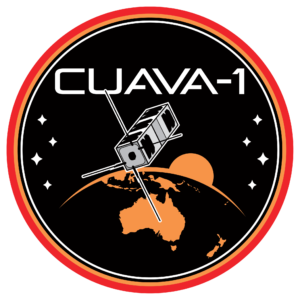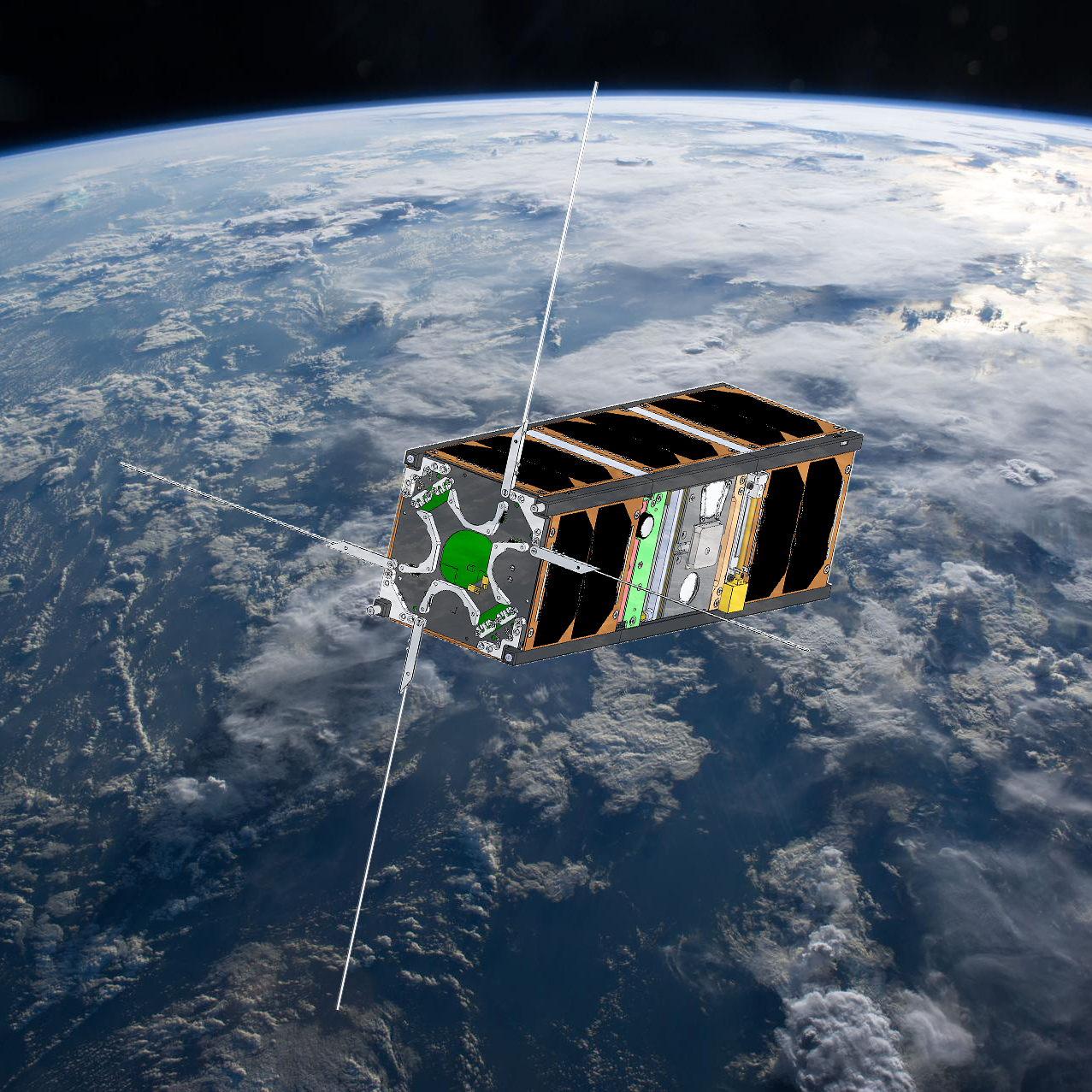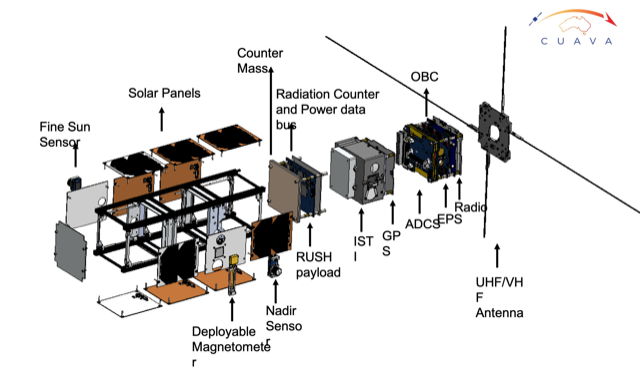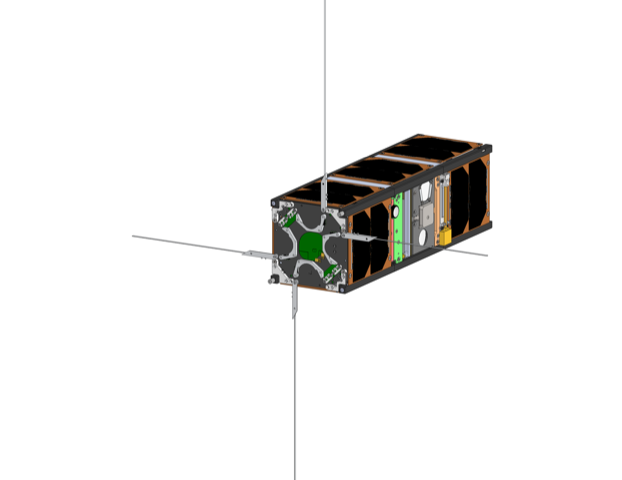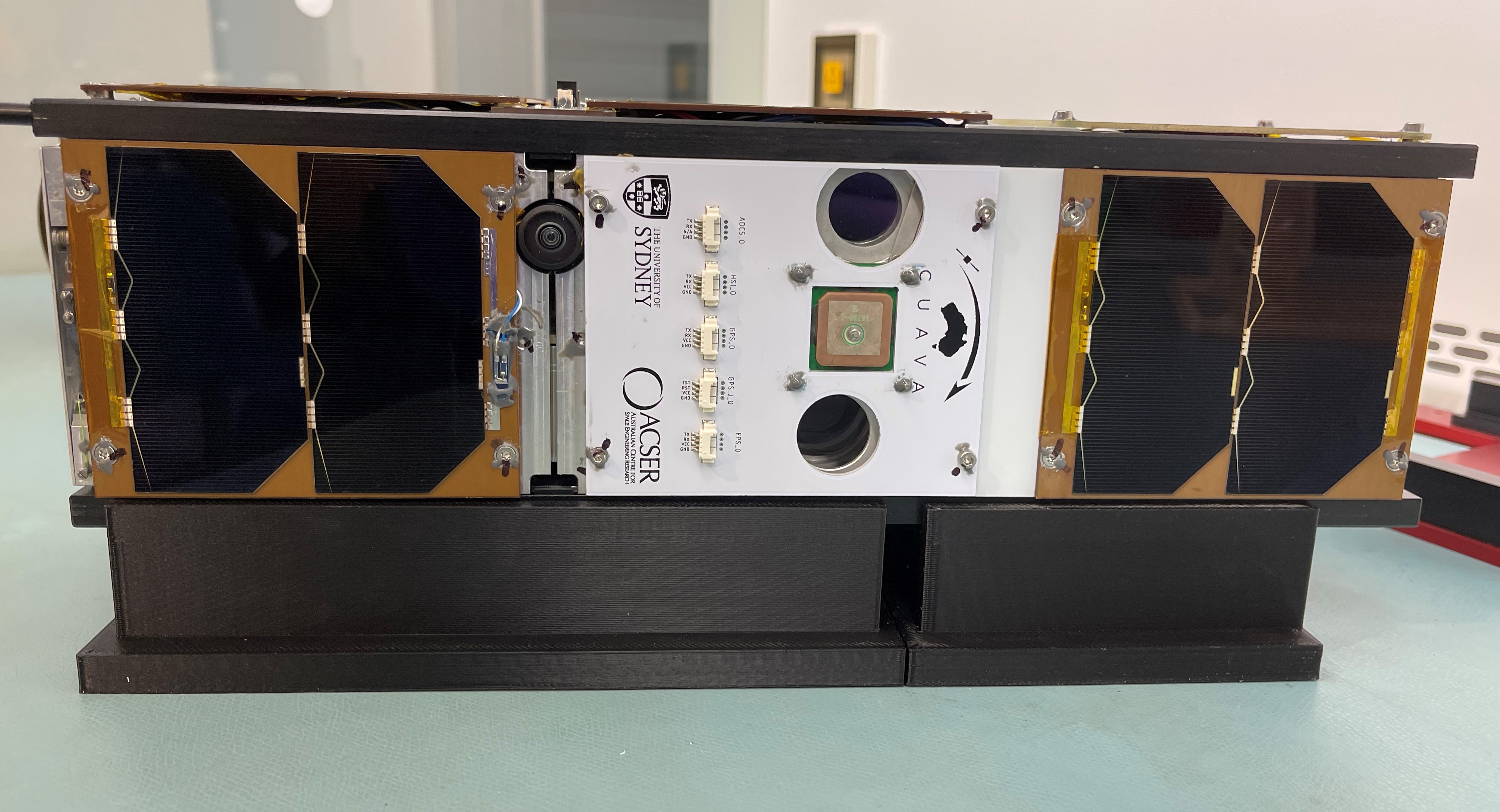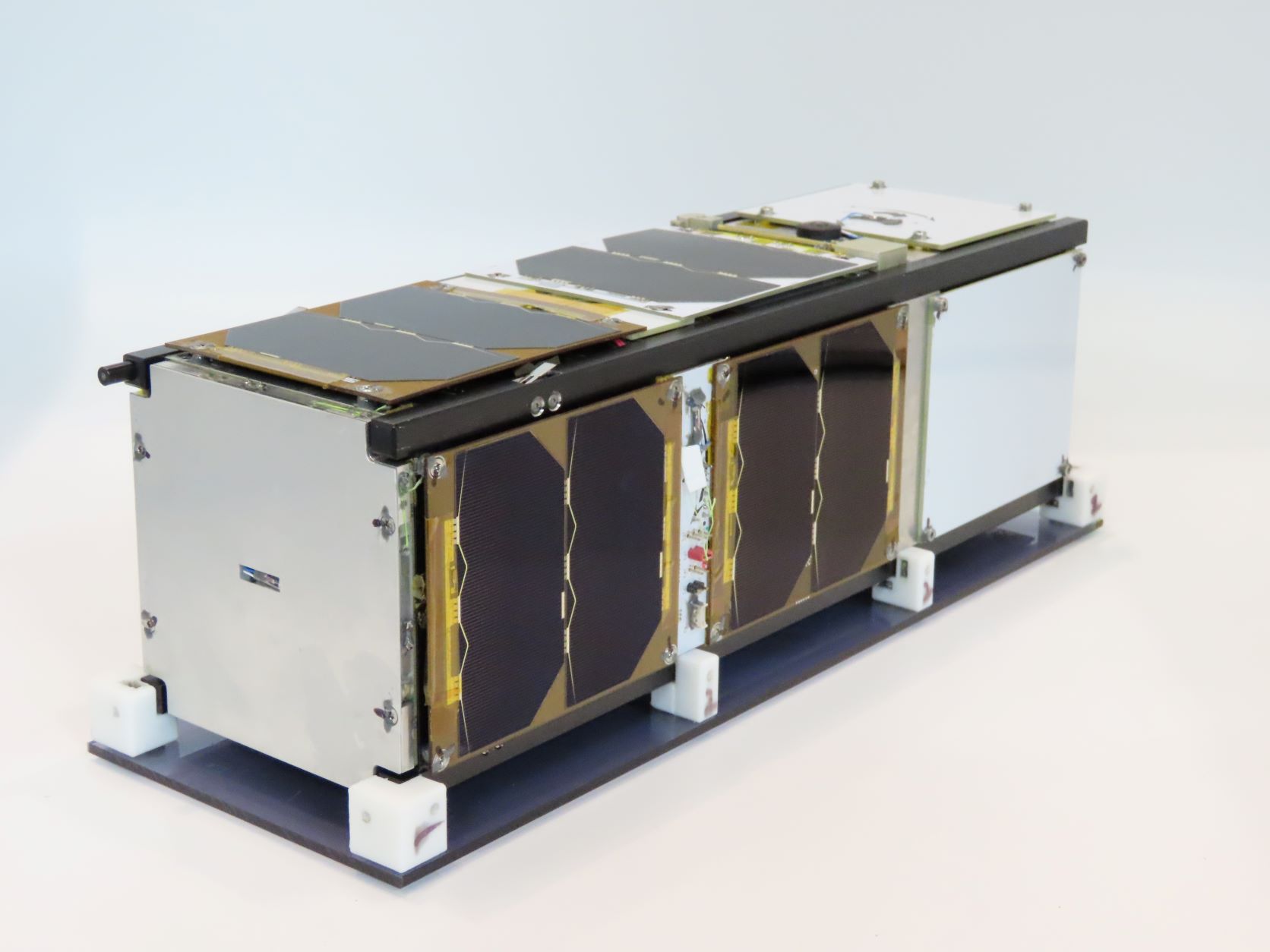Mission Motivation and Objectives:
The objectives of CUAVA’s flight programs are to train future engineers, industry people, and scientists in space and UAV applications and in commercialisation, to increase the capabilities of CubeSats and UAVs, to solve particular research problems, to flight-test new applications and services, and to develop the future workforce of the space and UAV industries in Australia.
The CUAVA-1 satellite is the first satellite designed, developed and launched by the CUAVA Training Centre. CUAVA-1 will be a stepping-stone for the Training Centre to more refined missions in the future. It will fly first-generation payloads developed by CUAVA partners and directly address the Centre’s goals.
CUAVA-1 is a 3U CubeSat that will carry significant heritage from the QB50 CubeSat INSPIRE-2. It is the second CubeSat to be developed in quick succession by the Universities of Sydney and New South Wales after the launch of the 2U INSPIRE-2 (AU03) satellite which was deployed from the ISS on the 26th of May, 2017, as part of the QB50 initiative. CUAVA-1 will build on the previous INSPIRE-2 design utilising COTS components and payloads provided from the University of Sydney and the University of New South Wales (UNSW).
The CUAVA-1 mission will:
(1) link with the international radio amateur union for education, outreach, and increased data downloads,
(2) observe the Earth with a novel RGB imaging camera and spectrometer assembly, both located in the integrated Imager, Spectrograph, and Toliboy Instrument (ISTI),
(3) flight-test a design of the innovative Tolibou imager in ISTI for the Breakthrough Watch programme by observing stars and other astronomical objects,
(4) use a GPS instrument to explore radio occultation and the reception of GPS signals scattered off the Earth (as well as provide a backup determination of the CubeSat’s location),
(5) investigate Earth’s plasma environment and associated space weather with radiation detectors,
(6) validate an In-orbit reconfigurable FPGA system to enable FPGA based off-the shelf hardware to be customized for this use without compromising reliability.
Testing was carried out at the Advanced Instrumentation and Technology Centre at the ANU. CUAVA-1 was delivered in Q2-2021 to Space-BD in Japan and is scheduled for launch on a SpaceX resupply mission to the International Space Station in August 2021.
Satellite bus and payload
CUAVA-1 is a 3U CubeSat with four experimental payloads:
- ISTI (Imager, Spectrograph, and TinyTol Instrument) developed by the School of Physics, University of Sydney. Includes RGB camera, hyperspectrum for image core, and TonyTol for Breakthrough Foundation.
- KEA GPS Instrument developed by Australian Centre for Space Engineering Research, University of New South Wales.
- Radiation Detector with integrated Power Over Databus payload developed by the School of Aerospace, Mechanical and Mechatronic Engineering and the School of Physics, University of Sydney.
- RUSH (Reconfigurable Systems for Space) developed by Macquarie University.
The bus consists of commercial off-the-shelf (COTS) components for each sub-system listed below:
- Electrical Power System (EPS): GOMspace P31U with two lithium-ion battery cells and 7 solar panels made by GOMspace with 2 panels made by Air@wave. Both type of solar panels consist of two Azurspace triple-junction solar cells in series in each panel, with sun sensors integrated.
- Command and Data Handling(C&DH): Innovative Solutions In Space on-board computer (OBC).
- Communications: Innovative Solutions In Space crossed dipole pair antenna with aVHF Uplink/ UHF downlink transceiver.
- Attitude Determination and Control System (ADCS): CubeADCS from CubeSpace with integrated reaction wheel system. It also includes three magnetorquers, a three-axis magnetometer and a gyroscope. Sun-sensors integrated into solar panels used as inputs to the ADCS system.
- Structure: Innovative Solutions in Space 3U PC104 form factor structure.


